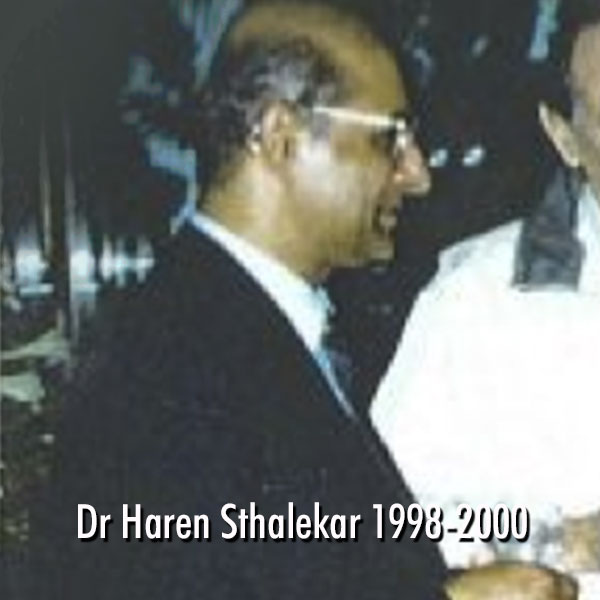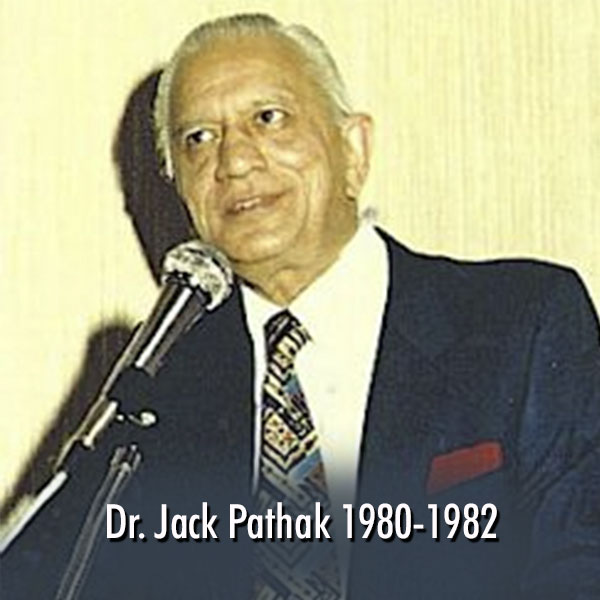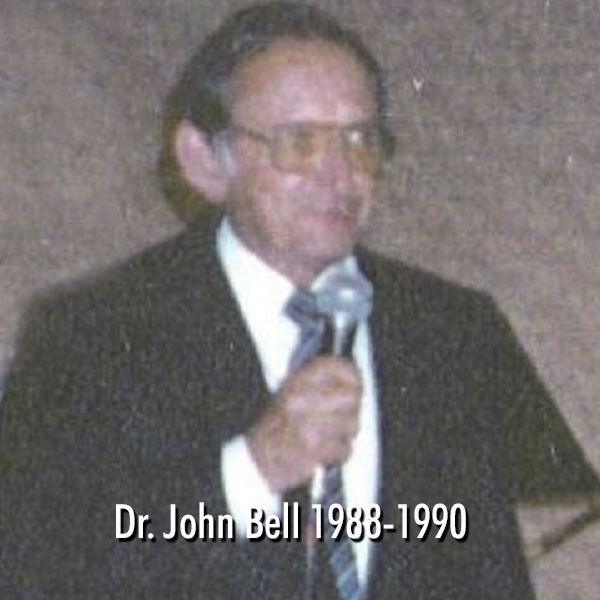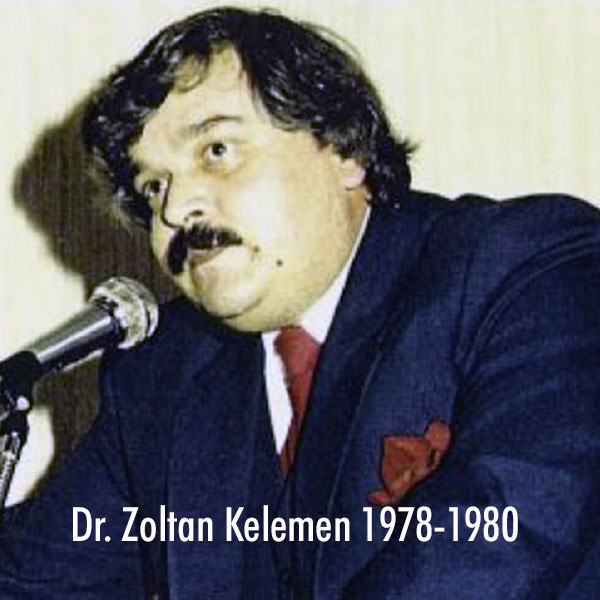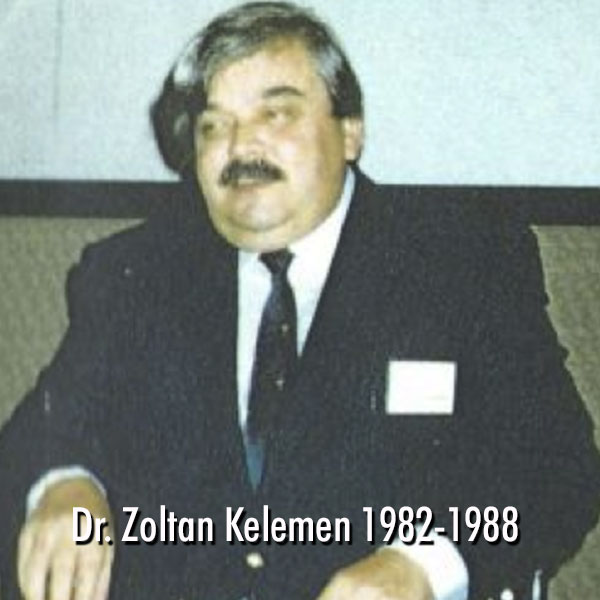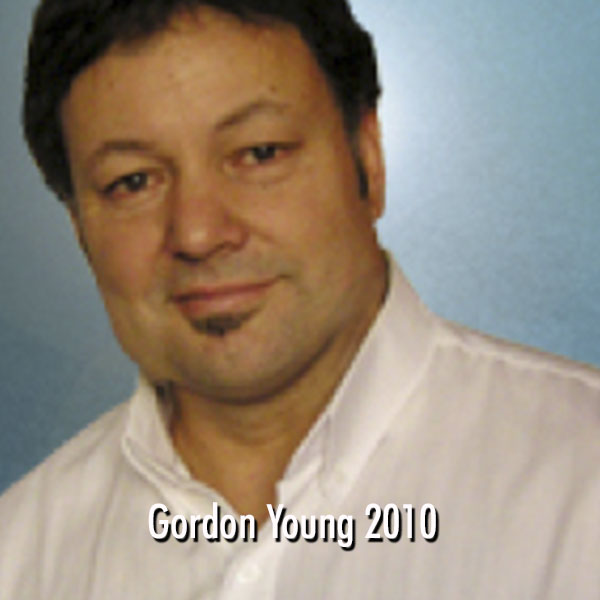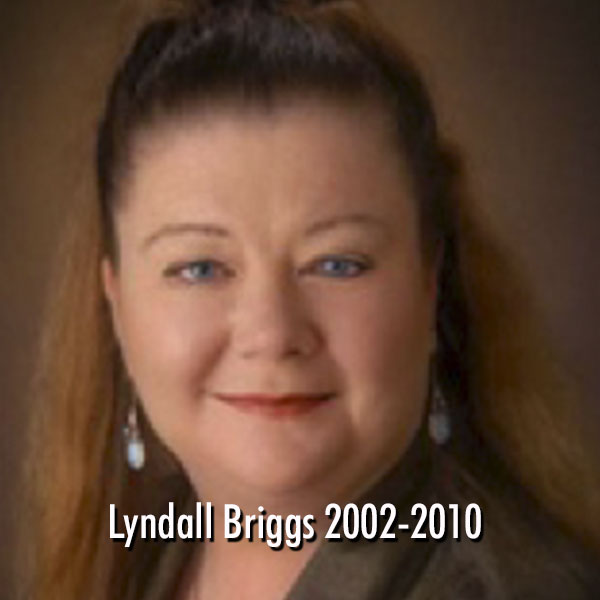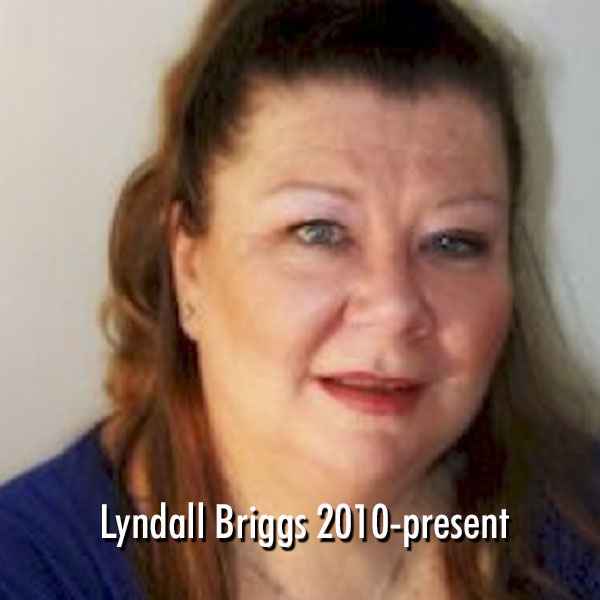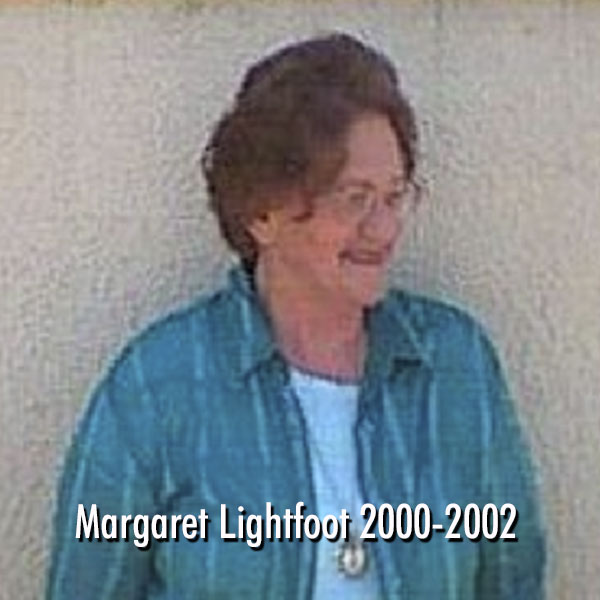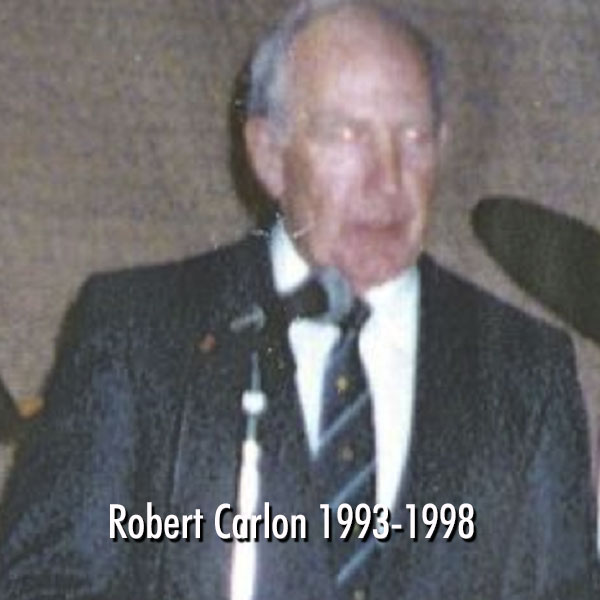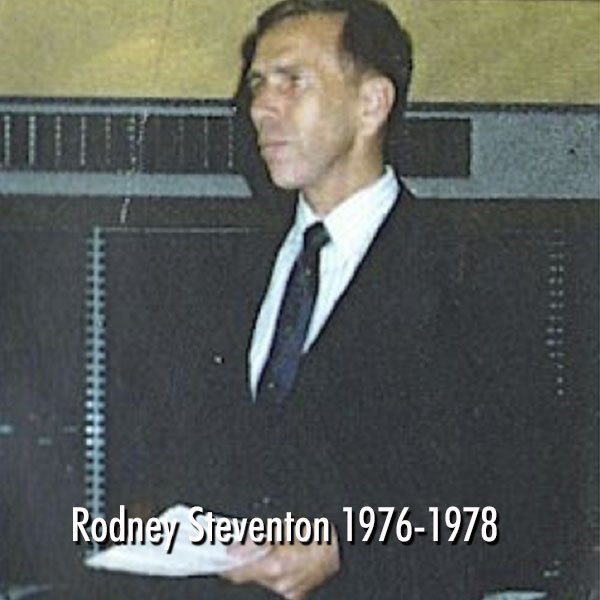HISTORY OF THE ASCH
How we began, past presidents, and more.
Read also about deregulation in Victoria 1974-2010.
Contents
-
History of the ASCH
-
Gallery of ASCH presidents
-
History of the deregulation of clinical hypnotherapy in Victoria, 1974-2010
How the ASCH began
The Australian Society of Clinical Hypnotherapists (ASCH) was formed in 1974 and incorporated in 1976 by a small group of clinical hypnotherapists dedicated to maintaining high ethical and professional standards in clinical hypnotherapy.
Founding Concepts and Ideals
The founding members stipulated that every member who joined the ASCH had to be trained and examined in the relevant areas of study, including:
- clinical applications of hypnosis
- psychology
- human sexuality
- psychopharmacology
- anatomy and physiology
- counselling skills.
Prospective members underwent psychological assessment to ensure their suitability to carry out therapy, and were also expected to participate in supervision with an experienced member of the ASCH.
The History of the Deregulation of Clinical Hypnotherapy in Victoria, 1974-2010
by Joane Goulding LMCCH, LMASCH, LMAACHP
In 2008, many hypnotherapists celebrated the anniversary of legislation to deregulate clinical hypnotherapy in Victoria. However, few hypnotherapists were privy to the long legal battle that enabled them to practise their skills without being prosecuted.
On 1 January 1998, hundreds of Victorian professional hypnotherapists proudly began advertising their clinical services to the public as qualified clinical hypnotherapists. You may ask: “What’s unusual about that?” I will give my answer shortly, but first, some background history.
During the time that I was Joint Director of the Australian Academy of Hypnotic Science (AAHS), which commenced training professional hypnotherapists in 1980, I presented a paper in December 1997 discussing the long awaited deregulation of the restrictions on the practice of clinical hypnotherapy in Victoria. The paper discussed in detail legislative changes to the 1987 Psychologists Registration Act, which still contained restriction clauses preventing hypnotherapists from practising. The then Health Minister in Victoria, Mr. Rob Knowles, indicated that there would be no impediment to the ‘Sunset Clauses’ that remove controls over the practice of hypnotherapy being effected on 31 December 1997, thus allowing hypnosis to be practised.
The fight to deregulate the practice of clinical hypnotherapy in Victoria started back in 1974 when my late husband, Jim Goulding, and I joined the fight to lift the restrictive legislation regarding the practice and teaching of clinical hypnotherapy. In 1980, we started a Melbourne chapter of the Australian Society of Clinical hypnotherapy (ASCH) and commenced training professional clinical hypnotherapists. Because of the restricted legislation, theory was offered in Melbourne and practical application was taught in Albury, NSW. During this time, only psychiatrists, psychologists, medical practitioners, dentists and ministers of religion were deemed by law to be permitted to practise hypnotherapy in Victoria.
Now, going back to the statement above, about hypnotherapists proudly advertising their skills on 1 January 1998, many hypnotherapists who have qualified since 1 January 1998 may not be aware of the background history of how the restrictions on the practice of hypnotherapy came into legislation in the 1967 Psychological Practices Act. Full details are too complex to relate here, but here is a summary.
In 1965, there were only a dozen or so hypnotherapists practising in Melbourne. This was a time when hypnosis was starting to emerge as an important modality throughout the world. At the same time, Scientology was being heavily promoted, with unpopular outcomes, and had come under investigation by Victorian health authorities. The Government established a Royal Commission and Board of Inquiry. A judge heard evidence from psychologists and related professions, and after six months of sittings, the Inquiry determined that Scientologists should be banned from practising in Victoria.
During the late stages of the hearings, the practice of hypnotherapy was suddenly raised as a matter of concern by jealous, angry Scientologists, which surprised the judiciary. There was no evidence of complaints or harmful practice by hypnotherapists on record. From that point on, psychologists and related professionals seized the opportunity to produce witnesses and unproven, unresearched, anecdotal evidence about the “harmful” effects of hypnosis, unless practised by their professional colleagues. Their presentations panicked the Inquiry’s judiciary, resulting in recommendations that legislation clauses be included in the new 1967 Psychological Practices Act. The clauses restricted the use of hypnosis to psychologists, psychiatrists, doctors, dentists, and ministers of religion.
No formal training was required, and the Inquiry was never informed that these professionals may not have had any training at all. Indeed, no Australian universities included hypnosis in their currucula. Training in hypnosis was simply unavailable.
The same restrictive legislation was then introduced progressively in most states of Australia, and it seemed the situation would never change. However, the first indication that the professions were unhappy about the lack of proven research in hypnosis occurred in 1982. The Commonwealth-funded National Health and Medical Research Council of Australia (NHMRC) adopted a medical panel report that recommended that hypnosis be restricted to medical and psychology professions only. However, in 1991, the report was rescinded without a further policy to replace it.
In Victoria, the first breakthrough came in 1984. As part of the Inquiries into the 1967 Psychological Practices Act, the Social Development Committee of Victoria’s Parliament gave the elite professions the opportunity to table researched scientific papers to support their stated concerns and beliefs that the practice of hypnosis was dangerous. No such evidence was forthcoming to the Committee, because no such research had been conducted here or outside Australia. The same Committee also recognised that hypnosis is a component of many health practitioners’ treatments and, as such, it was impossible to restrict its use in healthcare.
In 1985, the AAHS, with the able assistance of Don Marsh, was lobbying all State and Federal politicians. During this time of political change, the AAHS was at the forefront, writing articles, meeting politicians, submitting papers, and creating awareness of the injustice that was occurring with regard to the practice of hypnosis. Press coverage of a different kind occurred when Jim Goulding was charged and convicted in the Box Hill Magistrates Court for practising hypnotherapy. The charge was: “Practising hypnotherapy without the consent of The Psychological Council…” Jim was given a 2-year good behaviour bond of $500. The charge was instigated by The Health Commission and was not the result of a complaint. Despite all this, the AAHS continued to teach and to circumvent the continuing restrictive legislation, by conducting the practical applications of hypnotherapy in Albury, NSW – where there was no restrictive legislation – then returning to Melbourne to continue with the theoretical application.
As a consequence of the Committee recognising that hypnosis was a component of treatment offered by many health practitioners, thereby making it impossible to restrict its use, the Final Report of the Committee recommended ex parte that the restrictions on the practice of hypnosis be removed from the 1987 Psychologists Registration Act, subject to a two-year Grandfather clause, making legal the freedom of practice two years after proclamation of the Act. The legislation became an Act in 1987, but the ‘chosen few’ stalled Proclamation of the Act for eight more years and frustrated any freedom to practise until 1997 – a 30-year period during which they monopolised the science, failed to enforce any educational requirements, seldom used the modality, charged high fees when they did, and collectively failed to give the public the treatment they deserved and badly needed.
Fortunately, in 1995, the Commonwealth and State Trade Practice Acts were amended by agreement with the creation of the National Competition Authority. Amongst its powers, the authority can oversee the removal of a monopoly restriction within a profession’s Regulating Act, such as hypnosis restrictions, when other trained professions can give the public an economic advantage and services of an equivalent standard. There was no such economic and quality of service advantage in hypnosis monopolies held by the related professions. Consequently, from 1995 onwards, the remaining States with hypnosis restriction clauses within Psychology Acts had to be reviewed and repealed. Victoria, Tasmania, Queensland and Western Australia have all complied with this agreement. South Australia has conformed and only has to finalise legislation procedures. NSW, NT and ACT never had restrictions. It took until 2012 for that legislation to occur in South Australia.
In 1998, the AAHS submitted an application to become a Registered Training Organisation (RTO) with a range of qualifications identified in its scope.
So, after all these struggles and frustrations, the AAHS were delighted to celebrate the tenth year of freedom in 2008. In order to maintain our freedom to practise, we should be prepared to formulate principles for trained and qualified hypnotherapists to discuss incorporation into a charter for the self-regulation of hypnotherapy practice. To this end, the Council of Clinical Hypnotherapists (CCH) has been party to the formulation of the Hypnotherapy Council of Australia (HCA), and are proud to be the Southern Region representative of that organisation. The important contribution that CCH members can offer is continued membership and participation in general meetings as this will continue to assist with ongoing support for acceptance and recognition as professional practitioners of clinical hypnotherapy. As clinical hypnotherapists, who are now able to practise the profession without fear of prosecution, we must never forget the past restrictions and those who had the courage and foresight to fight on our joint behalf. We must continue to be aware of good practice standards and ongoing education.
Since 2004, the CCH peak body has recognised all Australian professional hypnotherapy associations, who have become members of the CCH, with the exception of the Australian Hypnotherapists Association (AHA), which declined to join the CCH.
In the intervening years, the Australian National hypnotherapy Register (ANHR) was formed as an independent register for Australian professional clinical hypnotherapists. Guidelines were developed for the acceptance of practitioners to the register, based on ethical standards and practice, which are necessary pre-requisites for clinical practice. The CCH offered membership to individuals as long as they were registered with one of the associations recognised by the CCH. I was asked to be the Chair of the Education and the Ethics sub-committees, and over a two to three-year period, helped to establish the minimum standards, ethics and professional practice guidelines, in conjunction with the registered stakeholders at that time.
When, in 2008, an alternative group of professionals representing two associations – the Professional Clinical Hypnotherapists Association (PCHA) and the AHA – suggested creating a new group of professional associations, the CCH recognised the importance of working towards uniformity of clinical hypnotherapy in Australia. At the request of this new group, the CCH withdrew individual membership of the peak body and accepted only associations and training organisations as members, in order to ensure the continuing cohesion of the profession. The CCH agreed to become a member of that alternative group.
In 2010, the CCH withdrew from operating as a peak body, and the hypnotherapy profession developed a historic arrangement where all hypnotherapy associations in Australia came together under the one peak body, including most of the training colleges and schools registered in Australia. The newly created peak body became the Hypnotherapy Council of Australia (HCA).
The ANHR still operates independently of any organisation and will continue to do so under the auspices of the HCA, which represents the clinical hypnotherapy profession in Australia.

